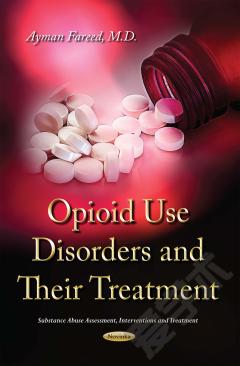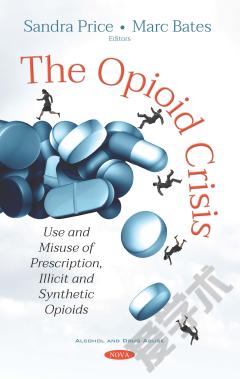Opioid Use Disorders and Their Treatment
In this book, the reader will be updated about the most recent information related to opioid use disorders and how to treat them. It starts by providing information about how to diagnose these disorders, the mechanism of opioid craving as shown by subjective reporting scales and neuroimaging studies, and the relationship between opioid addiction and high risk behavior. It then describes the relationship between stress, chronic pain and opioid addiction, signs and symptoms of opioid overdose, how to prevent and treat it, and the implication of harm reduction programs to mitigate the risk of overdose. The reader will be also updated about the most recent guidelines for treatment of opioid use disorders. The first phase of treatment, which is managing the opioid withdrawal syndrome and detoxification is described in detail. The opioid agonist maintenance treatment with either methadone or buprenorphine for patients who fail abstinent based models is elaborated. Serious adverse effects of opioid agonist treatment are covered in details. Opioid antagonists like naltrexone maintenance, which are another form of treatment for patients who do not qualify for or desire opioid agonist maintenance treatment is also elaborated. Treatment of special populations such as adolescents and opioid dependent pregnant women is included in this book. The book is written for patients, families, physicians, psychologists, social workers, and addiction counselors. It is a helpful guideline for diagnosing and treating opioid use disorder. Despite the rich scientific information included in the book it is written in a simple language that makes it easy to follow.
{{comment.content}}








 京公网安备 11010802027623号
京公网安备 11010802027623号